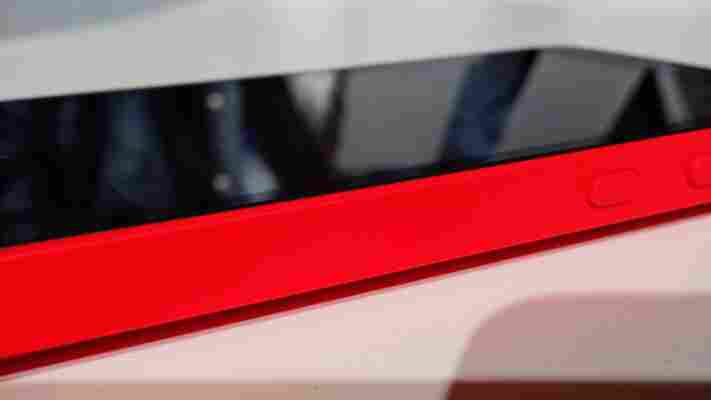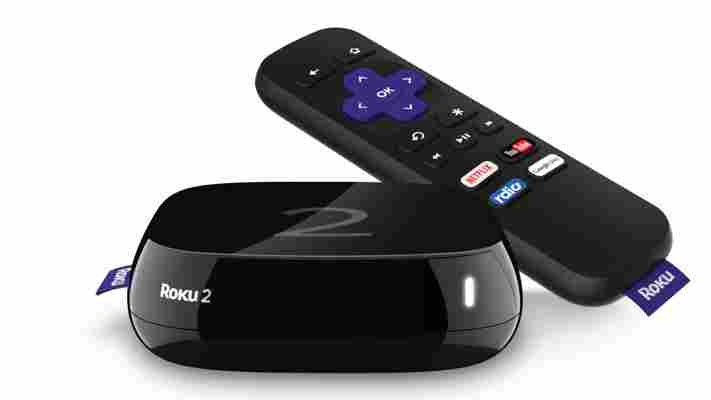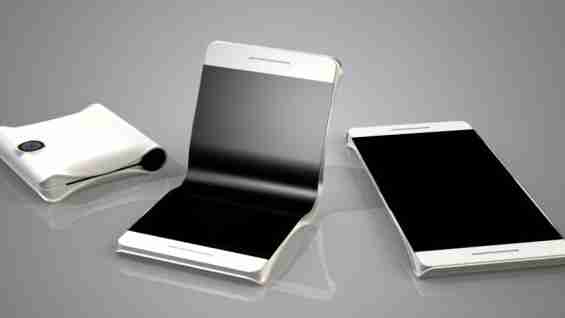Yesterday, Nokia posted a message about its rumored return to the mobile device market . Tl;dr? It sold all its equipment and processes required for making smartphones or tablets, but would be open to partnerships.

Those partnerships would require the other company to have manufacturing, sales, customer support and marketing in place for Nokia to be able to returning to selling mobile devices.
It has form in launching hardware this way and it makes some sense – it’s a relatively low-cost, low-risk way to dabble in devices. Last year it launched the N1 Android tablet in China in partnership with Foxconn , adding its design chops to the Chinese company’s manufacturing nous.
It’s a combination that’s hard to deny: a well-designed, averagely well-specced tablet that cost less than $250. How well it did is anyone’s guess, as neither company has released sales figures.
But should Nokia return to the device market?
No, not in my opinion – or if it wants to, it should do so right now. But it would be unambitious.
The company – held dearly by many people due to its formerly iconic industrial designs – still has a large fan base, even though sales of Windows Phone handsets (before Microsoft fully bought the Devices unit) never really reflected this.
Soon though, the company’s design talents will be forgotten, and the longer it’s out of play, the harder it will be to convince buyers that there’s a good reason to switch back to a Nokia-branded device.
A whole bunch of consumers may well ‘love’ Nokia, but those same people also chose non-Nokia phones, which led the company here in the first place. There’s no loyalty once weakness has been shown. In 2017, the iPhone 8 will still be selling in millions, adding to Apple’s strength by continually growing a wider ecosystem, and Nokia will still be attempting to do the thing it should have done back in 2010: building a high-end Nokia Android.
And yes, I know it built the Nokia X , but that doesn’t really count. That was low-end and never really felt fully supported, or even on sale in developed markets.
At this point, now completely separate to Microsoft, wouldn’t it be better to concentrate on its core businesses? To return to a level of profitability that allowed it to experiment in the first place? To invest in R&D for new technologies, rather than trying to return to a market it once dominated?
This isn’t 2010, Nokia. Portable devices aren’t really the most exciting game in town, nor the most profitable unless you’re a market leader.
Nokia is a company used to reinventing itself. It was originally a wood pulp mill. Then it made tires. Eventually, it became a consumer electronics maker. Today it has Nokia Networks, HERE, and Nokia Technologies, and HERE is looking likely to be sold soon .
A shielded return to the mobile device market must be tempting if a partner was willing, but it’s time for Nokia to draw on its history of consistent evolution and be more ambitious.
Ideal Gifts: Get Roku 2s for everyone you love and look like a benevolent genius
In the Ideal Gifts series, The Next Web team shares personal recommendations for gifts to give this holiday season.

I know, I know, you’re going to ask, “Lauren, why are you recommending I purchase the Roku 2 for Christmas, either for myself or as a gift, when it’s already outmoded? Shouldn’t you be advising me to get the Roku 3 or Roku 4 ?”
Well, take a seat and let me tell you something important. The Roku 2 is going to make you look like the coolest friend, family member or significant other when you show up to put it under the tree. It’s cheap, it’s fast and it’ll give you a smug satisfaction when you show your neighbor that it does things just as well (if not better) than his brand new $150 Apple TV. If you’re looking to win Christmas, you’ve found your gadget.
Earlier this year, Roku did a very surprising refresh of both the Roku 2 and the Roku 3. On the hardware end, the new Roku 2 sports a new ethernet cable, a USB port, 802.11 b/g/n dual-band wireless and a new “optimized processor” designed to make it just as zippy as the Roku 3 and the Roku 4.
It also has a nice software refresh , which includes a new Roku Search and Feed options. This is great, because without the burdensome tension brewing between Apple, Google and Amazon, Roku actually offers more apps and content by virtue of being impartial.
Credit: Roku
The Roku 2 does have its drawbacks, mainly located within the remote. It no longer has a headphone jack for quiet listening, and it can’t take advantage of the software-supported voice search via the remote. However, considering that the Roku app for iOS, Android and Windows offers voice command, the only difference you’ll get between the Roku 2 and Roku 3 is a headphone port and $30 less in the bank.
And that’s really the crux of the issue here: the zippy, cheerful, fully updated Roku 2 is just $69.99 in stores, compared to the Roku 3’s $99.99 and the Roku 4’s $129.99. For a piece of modern streaming software, it’s a steal. And, logically it remains the best choice out there for a full-service media box. Sure, it doesn’t have the voice commands available in the Roku 3 or the 4K compatibility of the Roku 4, but those bells and whistles hardly compare to the reliability and efficiency of the Roku 2.
Trust me. This is the one you want. Purchase the Roku 2 for $69.99 at any major retailer.
➤ Roku 2
Samsung is reportedly prototyping a dual-screen smartphone
Samsung might be quietly prepping to follow up its excellent Galaxy S8 flagship with an even more impressive handset – and it could come with a futuristic dual-display design.

The company is reportedly developing a prototype for a smartphone with two displays connected to each other with a hinge in the middle. The dual-screen setup will basically allow the device to fold up to 180 degrees, South Korean outlet The Investor reports .
According to the publication, the Big S has already placed orders for components and plans to produce between 2,000 and 3,000 prototypes in the first half of the year.
An undisclosed industry insider told The Investor that, “Samsung seems to be testing the waters with the dual-screen device to gather ideas about its upcoming foldable phone.”
The outlet further added that Samsung’s Display division has been gradually ramping up its screen tech research efforts, with plans to roll out a limited batch of foldable handsets in the latter half of this year.
The South Korean behemoth has been repeatedly rumored to be working on bendable panels for its foldable phone, reportedly codenamed Galaxy X – still, the company is yet to showcase any functional prototypes.
But with LG touting its rollable screen tech – the era of flexible panels might be a lot closer than we think. The question is who gets there first.
